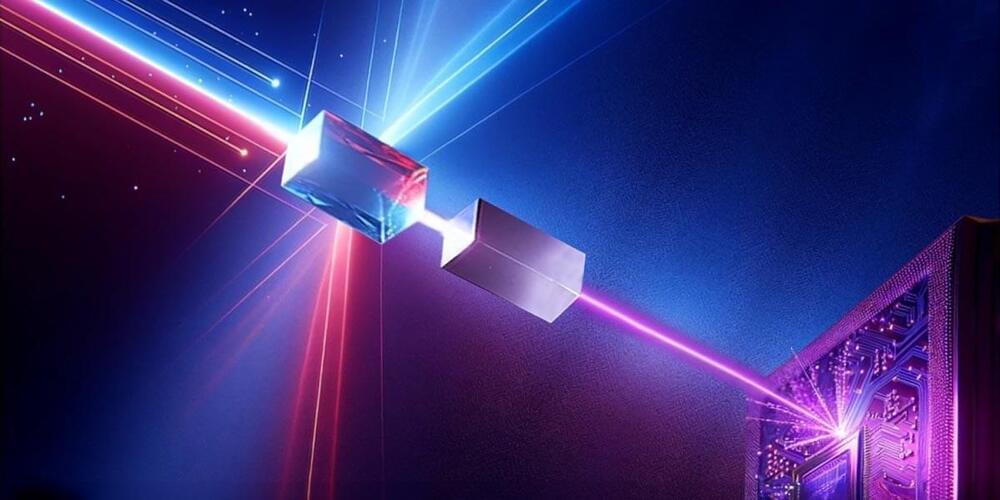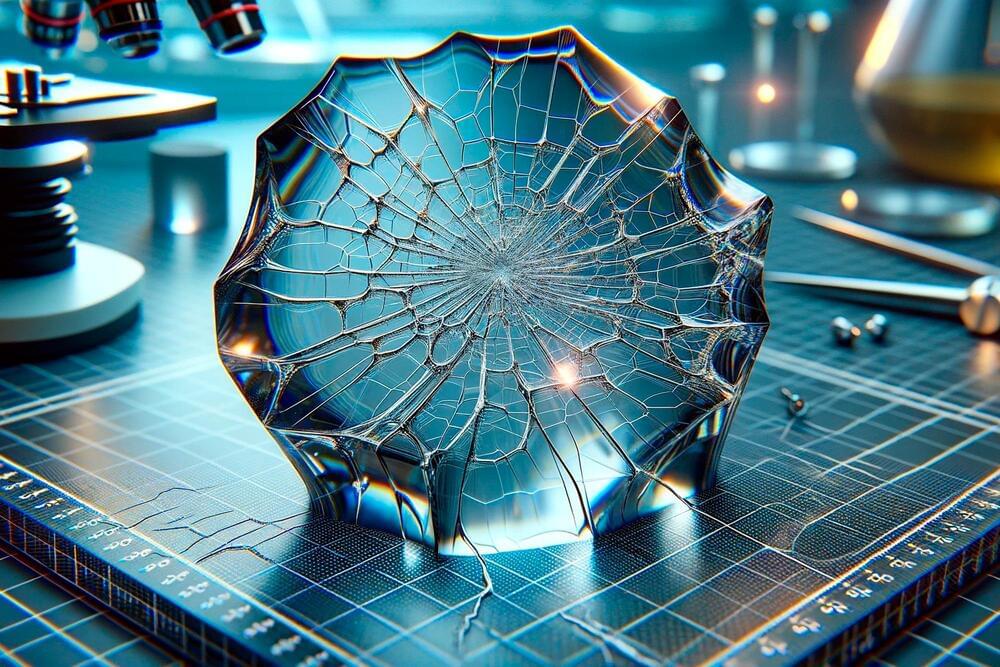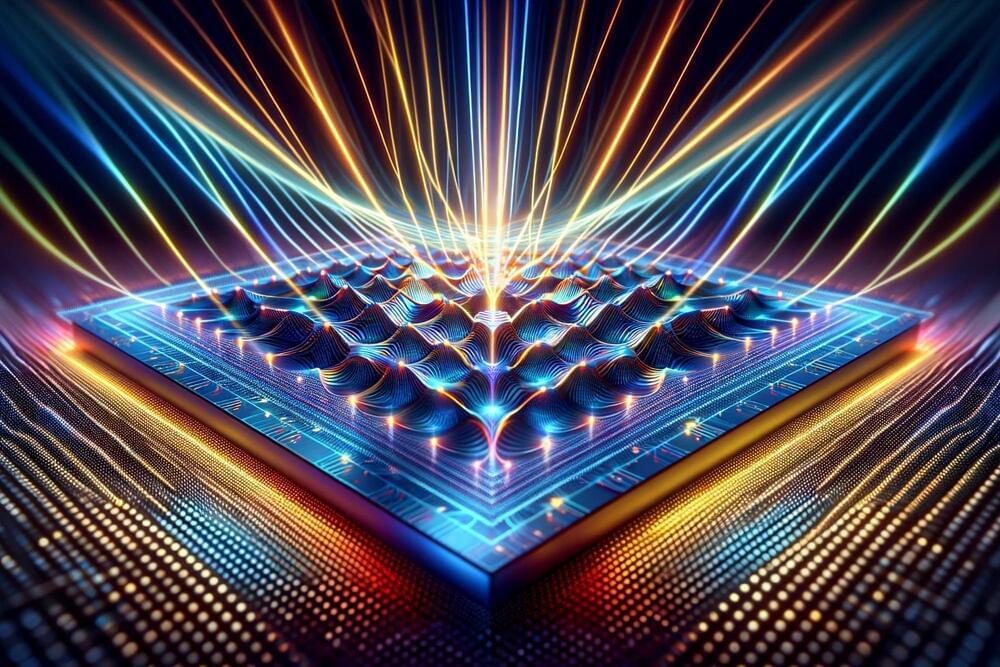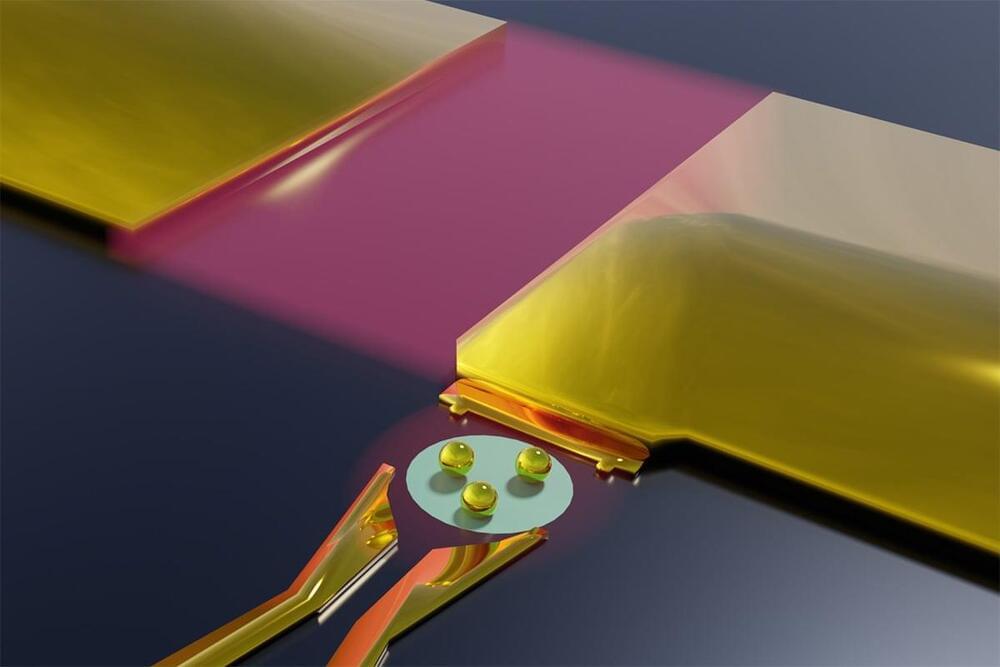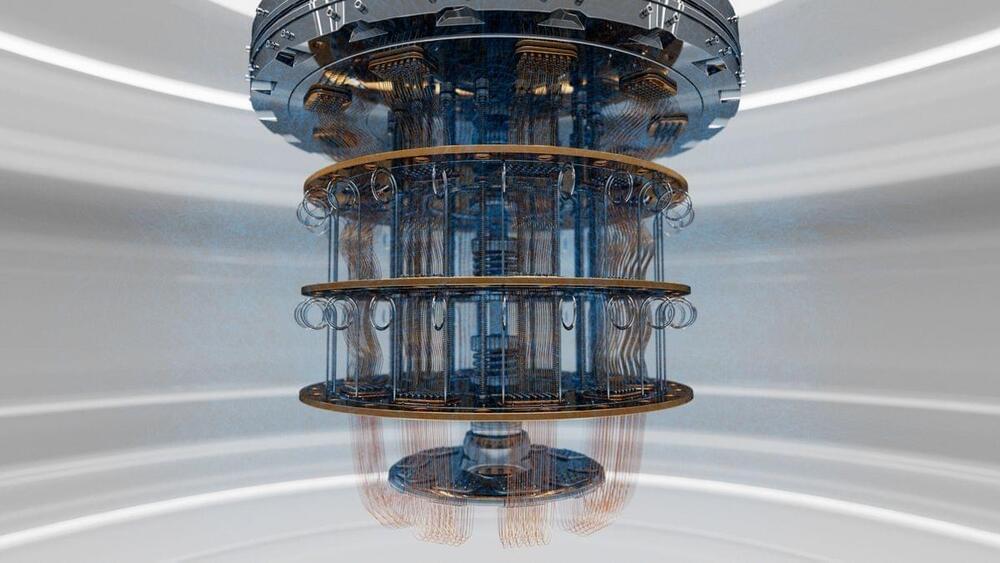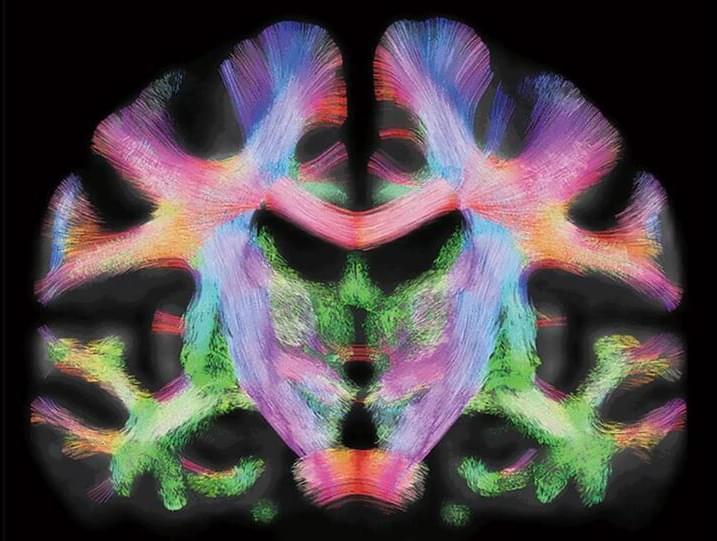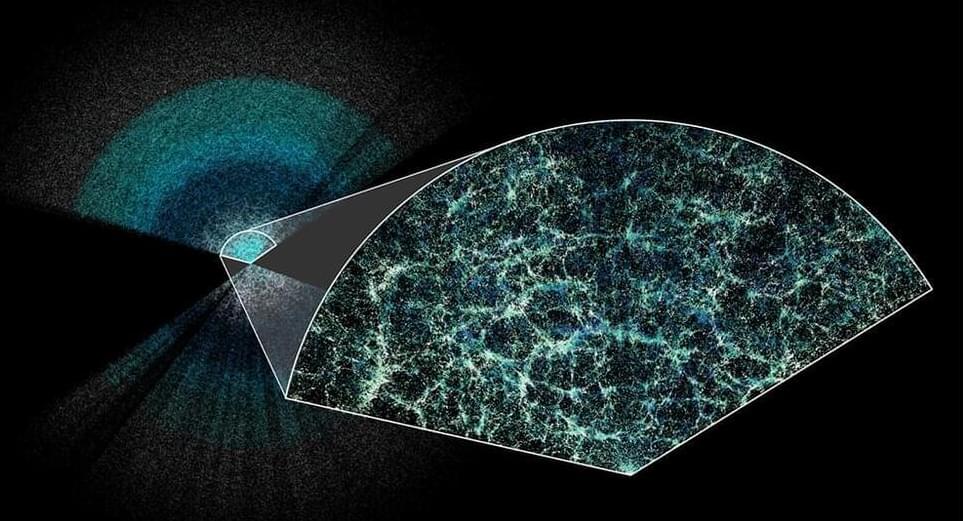A breakthrough in theoretical physics is an important step toward predicting the behavior of the fundamental matter of which our world is built. It can be used to calculate systems of enormous quantities of quantum particles, a feat thought impossible before.
Researchers developed a 60-milliwatt solid-state DUV laser at 193 nm using LBO crystals, setting new benchmarks in efficiency values.
In the realm of science and technology, harnessing coherent light sources in the deep ultraviolet (DUV) region holds immense significance across various applications such as lithography, defect inspection, metrology, and spectroscopy. Traditionally, high-power 193-nanometer (nm) lasers have been pivotal in lithography, forming an integral part of systems used for precise patterning. However, the coherence limitations associated with conventional ArF excimer lasers hinder their effectiveness in applications requiring high-resolution patterns, like interference lithography.
Hybrid ArF Excimer Laser Technology
The last time you dropped a favorite mug or sat on your glasses, you may have been too preoccupied to take much notice of the intricate pattern of cracks that appeared in the broken object. But capturing the formation of such patterns is the specialty of John Kolinski and his team at the Laboratory of Engineering Mechanics of Soft Interfaces (EMSI) in EPFL’s School of Engineering. They aim to understand how cracks propagate in brittle solids, which is essential for developing and testing safe and cost-effective composite materials for use in construction, sports, and aerospace engineering.
Dielectric metasurfaces, known for their low loss and subwavelength scale, are revolutionizing optical systems by allowing multidimensional light modulation. Researchers have now innovated in this field by developing a liquid crystal-based dielectric metasurface that streamlines manufacturing and enhances device performance.
Dielectric metasurfaces represent one of the cutting-edge research and application directions in the current optical field. They not only possess the advantage of low loss but also enable the realization of device thicknesses at subwavelength scales. Moreover, they can freely modulate light in multiple dimensions such as amplitude, phase, and polarization. This capability, which traditional optics lacks, holds significant importance for the integration, miniaturization, and scaling of future optical systems. Consequently, dielectric metasurfaces have attracted increasing industrial attention.
In this study, Professor Daping Chu’s team at the University of Cambridge developed a novel liquid crystal-based tunable dielectric metasurface. By leveraging the dielectric metasurface’s inherent alignment effect on liquid crystals on top of its electrically controllable properties, the need for liquid crystal alignment layer materials and related processes is eliminated, thus saving device manufacturing time and costs. This has practical implications for devices such as liquid crystal on silicon (LCoS).
Quantum electronics represents a significant departure from conventional electronics. In traditional systems, memory is stored in binary digits. In contrast, quantum electronics utilizes qubits for storage, which can assume various forms, including electrons trapped in nanostructures known as quantum dots. Nonetheless, the ability to transmit information beyond the adjacent quantum dot poses a substantial challenge, thereby limiting the design possibilities for qubits.
Now, in a study recently published in Physical Review Letters, researchers from the Institute of Industrial Science at the University of Tokyo are solving this problem: they developed a new technology for transmitting quantum information over perhaps tens to a hundred micrometers. This advance could improve the functionality of upcoming quantum electronics.
The performance of numerous cutting-edge technologies, from lithium-ion batteries to the next wave of superconductors, hinges on a physical characteristic called intercalation. Predicting which intercalated materials will be stable poses a significant challenge, leading to extensive trial-and-error experimentation in the development of new products.
Now, in a study recently published in ACS Physical Chemistry Au, researchers from the Institute of Industrial Science, The University of Tokyo, and collaborating partners have devised a straightforward equation that correctly predicts the stability of intercalated materials. The systematic design guidelines enabled by this work will speed up the development of upcoming high-performance electronics and energy-storage devices.
Scientists used a technique called ‘active syndrome extraction’ to build four logical qubits from 30 physical ones and run 14,000 experiments without detecting a single error.
A combination of advances in magnetic resonance imaging to help track the movement of fluids in the brain and supercomputer-powered simulations are modifying our understanding of cognitive decline.
DESI Survey announces the most precise measurements of our expanding #universe using the BAO signal in 6.1 Million #galaxies and #Quasars from Year 1, tracing dark energy through cosmic time.
With 5,000 tiny robots in a mountaintop telescope, researchers can look 11 billion years into the past. The light from far-flung objects in space is just now reaching the Dark Energy Spectroscopic Instrument (DESI), enabling us to map our cosmos as it was in its youth and trace its growth to what we see today. Understanding how our universe has evolved is tied to how it ends, and to one of the biggest mysteries in physics: dark energy, the unknown ingredient causing our universe to expand faster and faster.
To study dark energy’s effects over the past 11 billion years, DESI has created the largest 3D map of our cosmos ever constructed, with the most precise measurements to date. This is the first time scientists have measured the expansion history of the young universe with a precision better than 1%, giving us our best view yet of how the universe evolved.
A generation of physicists has referred to the dark energy that permeates the universe as “the cosmological constant.” Now the largest map of the cosmos to date hints that this mysterious energy has been changing over billions of years.

